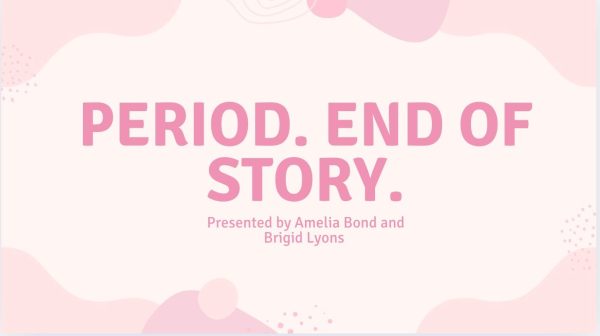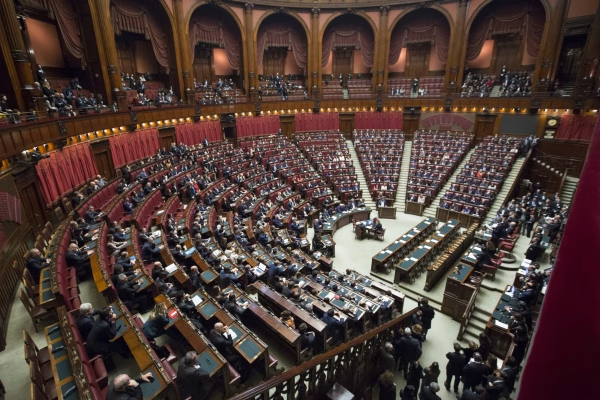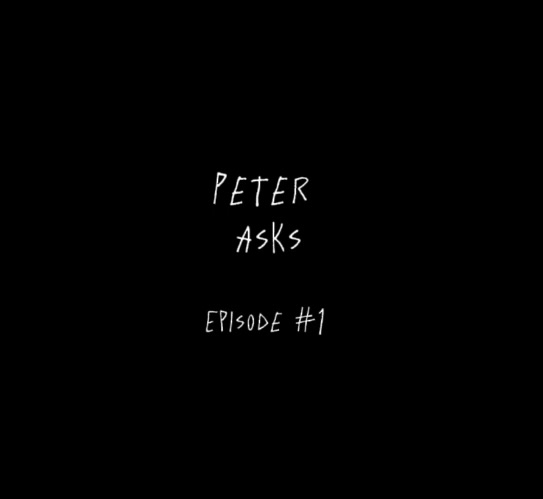How Beneficial ARE Our Dress Codes for Learning? – A Gender Perceptions Essay
How a student dresses is much more tightly monitored and restricted than other forms of self-expression and bodily autonomy, which I believe means it needs to be reevaluated. Like many other schools, the official goal of the dress code is to make a safer and more positive learning environment, but this does not mean that the dress code has achieved its goal to the fullest extent possible. Dress codes are primarily rooted in sexist ideas which can be evident when looking at the most common arguments supporting them, and this alone warrants a complete overhaul.
For example, many arguments in support of dress codes use the terms “distracting” and “professional,” but when closely examined it is clear these are not the true values held.
Guidelines for what is “distracting” don’t or less tightly restrict clothes that may take up room, are brightly colored, or have an eye-catching design. Obviously, everyone is distracted by different things, but I would wager that most students are distracted by these aspects of clothing more than an exposed midriff.
As for “professional,” what professional environments are we looking at? Someone in the fashion industry might even be viewed as less professional if they are so focused on restricting what they wear to social norms, so how are we defining what clothes are professional? What professional environments are we looking at? I do wonder, though, if students actually need to look professional at all. After all, for us students, this isn’t a professional environment, we’re here to learn and have fun.
Since our dress code has a focus on skin, I think this shows that the real focus of the dress code is to reduce the sexualization of students. Obviously, minors shouldn’t be sexualized, but the responsibility to stop this shouldn’t fall on the shoulders of those wearing these clothes, but instead on those sexualizing them. I believe we should begin to introduce a larger focus on reducing this behavior, especially addressing those doing this unconsciously, since they are not aware of the negative effects of these actions or of the actions themselves. This practice can happen at essentially any time and place in and out of school and is likely more distracting than someone’s exposed midriff. One easy way to do this would be addressing the topic in Freshman Seminar and integrating this into the dress code itself.
I think that potentially the most difficult part of this conversation is how unclear the dress code restrictions are. As previously outlined, “distracting” and “unprofessional” are selectively applied, but one of the vaguest parts of our own dress code is the word “revealing.” Since the term was chosen to be able to catch all unmentioned restricted items it must be vague, but I think this may actually work against it. Since it is such a vague term, everyone will have different definitions, especially between different cultures, so to learn what this word restricts, you either have to more drastically restrict yourself than may be necessary, risk getting dress coded, or hear through word of mouth. Asking a teacher may not even help if another teacher defines it differently. Secondly, since people’s interpretations change with the times, when is the student body meant to know when those who enforce the dress code have changed what they consider revealing? You either have to continuously ask, or push the limits until it changes, but these are clearly not ideal, so I think that using such vague terms is ultimately harmful. If students are intended to decide for themselves what is appropriate, punishing them for violating an authority figure’s definitions works directly against this. Ultimately, it does not encourage students to decide what they and their peers would deem appropriate, but what someone with much more power than they do, which stops students from having their own beliefs of what is and isn’t appropriate.
As is clear to most people, dress codes primarily target typically female clothing and often teach younger women that their bodily autonomy will be restricted and that their bodies will be under constant watch to be deemed acceptable or not. These kinds of restrictions help make people used to having their bodily autonomy restricted and create an unconscious, if not a conscious habit, of victim-blaming and an entitlement to monitor women’s bodies. While researching this topic I discovered, rather unsurprisingly, that on top of targeting women, dress codes and their enforcement have been shown to disproportionately harm POC, especially black people, and different body types. Even if we think we’re an inclusive school, we can’t ignore our unconscious biases that may affect how we enforce our dress code.
At this point in time, our dress code is primarily exclusionary by defining what isn’t allowed seemingly without much regard for how students feel. I believe our goal should be an inclusionary approach. This is especially true since being dress-coded generally feels like being targeted for self-expression, which can harm self-esteem, instead of making everyone as comfortable as possible. Since the goal of the dress code is to create a positive learning environment, it is clear this is not ideal. Here’s my suggestion: “Clothing may be restricted if it makes other students uncomfortable and creates a worse learning environment for them, and long as this discomfort is not from a place of discrimination itself,” along with some basic rules, such as banning slurs. Instead of immediately focusing on restrictions, I think constantly talking to the student body about what we believe would facilitate the best learning environment possible for us would be ideal, and simply sending out a survey asking what we think the dress code should look like, and how it might change. A tactic similar to this also supports allowing students to decide for themselves what constitutes appropriate behavior, and if restrictions are based on other people’s comfort it will be clear why they can’t wear what they may wish to. In my opinion, this will help students understand what is appropriate for different settings, and will help create empathy for those around them. On top of this, it will allow students to express their thoughts in a safer way. I wouldn’t be surprised to hear that it is difficult for student council to push for ideas that the student body supports but faculty does not, and giving more of this power to the general student population will allow for less general unhappiness with the dress code and a better form of democracy. Furthermore, the continuous loosening of aspects of the dress code, especially when it comes to exposed shoulders, shows a pattern of administration deeming something inappropriate, students disagreeing, and when the administration finally draws back no harm is done, showing further that our current framework is systematically flawed. Obviously, we want to make our learning environment the best it can be, but the outcome we are seeing is negative, potentially discriminatory, blames the victims, and restricts bodily autonomy.
P.S. There are many arguments that are often made in support of dress codes, that I am unable to, but looking here, an article by Huffington Post, may address some of them.











Darren Belanger • Jan 27, 2022 at 10:40 AM
This is nothing if not comprehensive, but in this case, it’s much more: it’s measured, thoughtful, and persuasive. 🙂